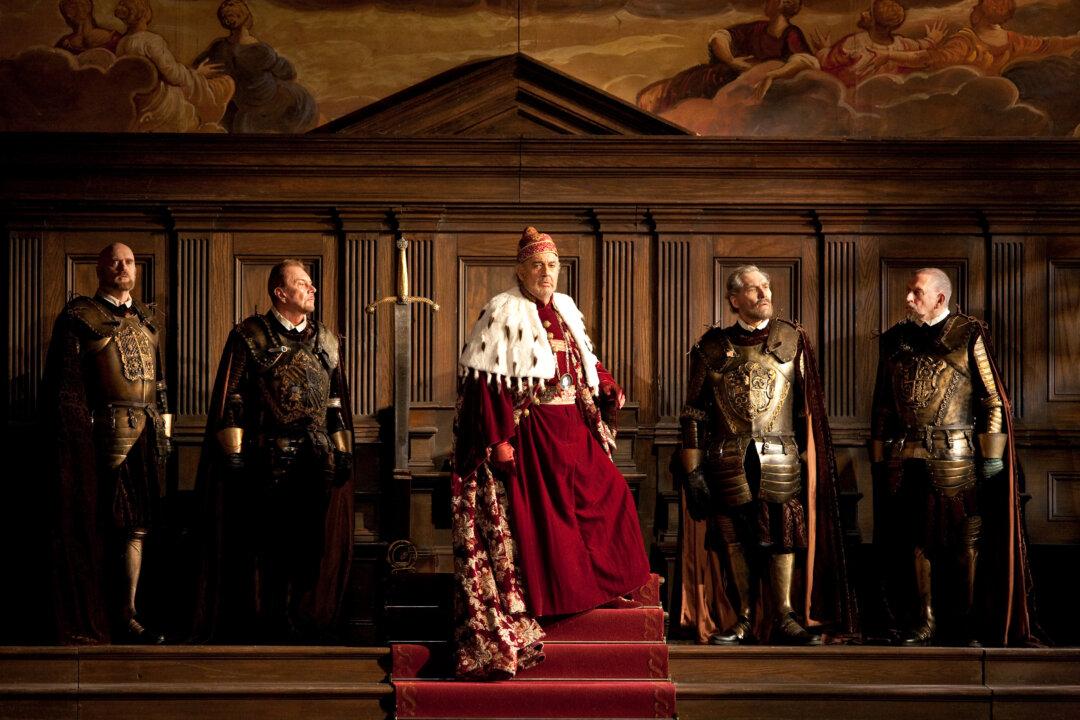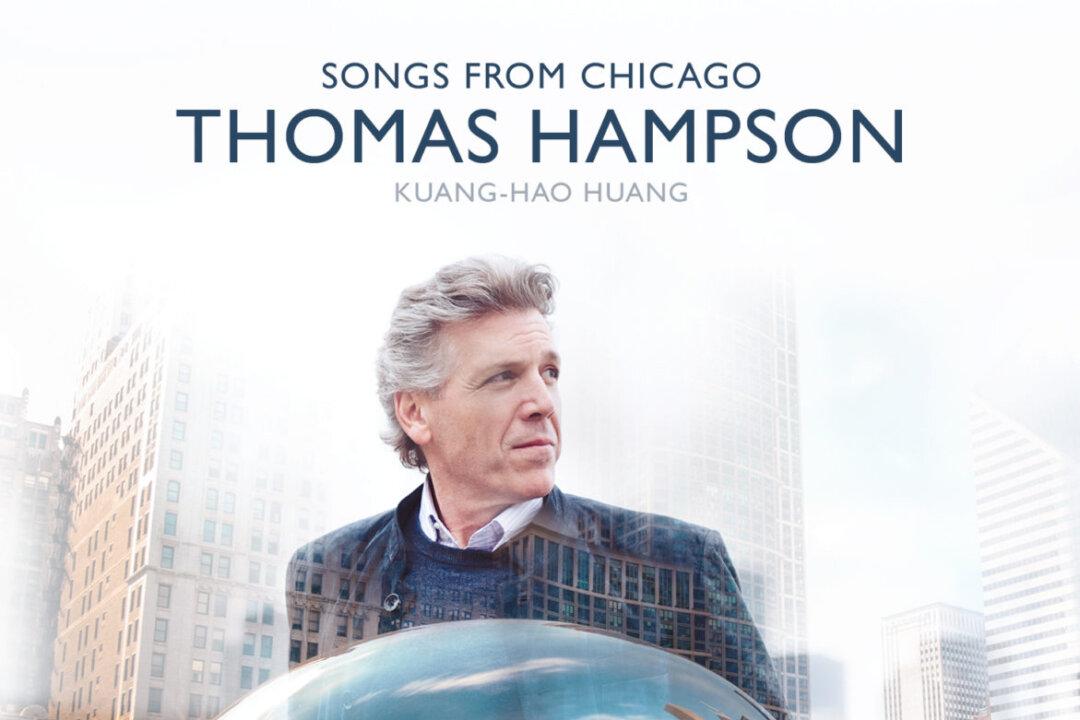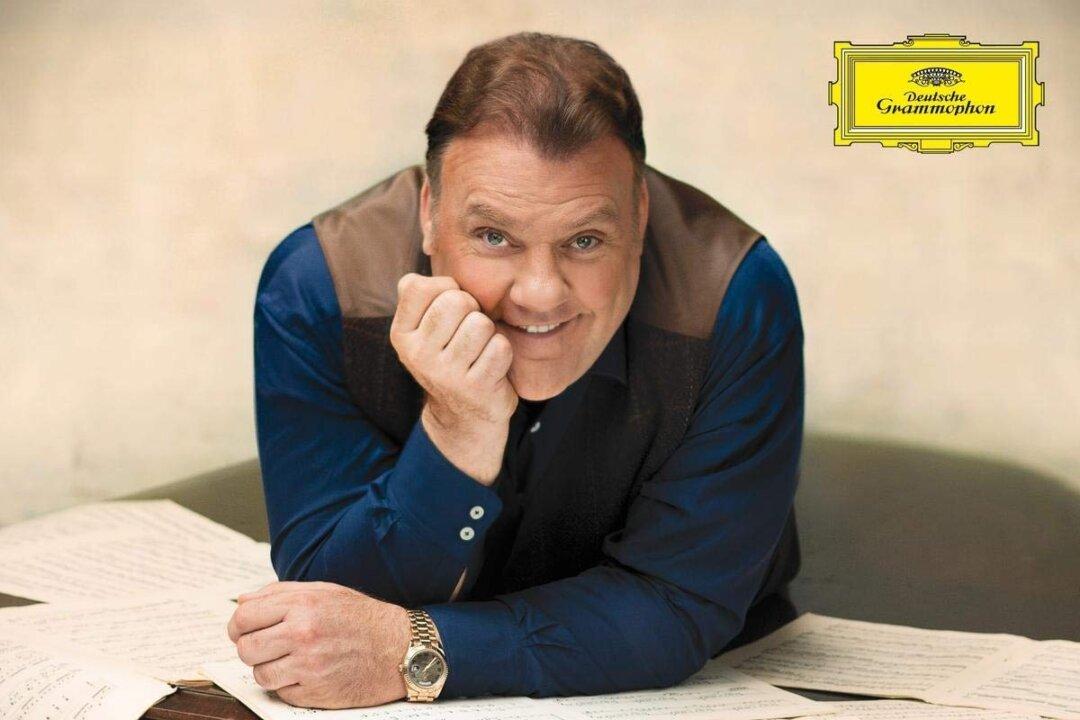NEW YORK—In 2008, a poll of opera critics conducted by BBC Music Magazine named Plácido Domingo the greatest tenor of all time. The following year, he began a new career as a baritone.
Verdi is Domingo’s favorite opera composer, and he first performed the title role of “Simon Boccanegra” at the Metropolitan Opera in 2010. Now 75 years old, he is again tackling the demanding part at the Met with the venerable James Levine conducting.

Plácido Domingo in the title role of Verdi's "Simon Boccanegra." Marty Sohl/Metropolitan Opera






